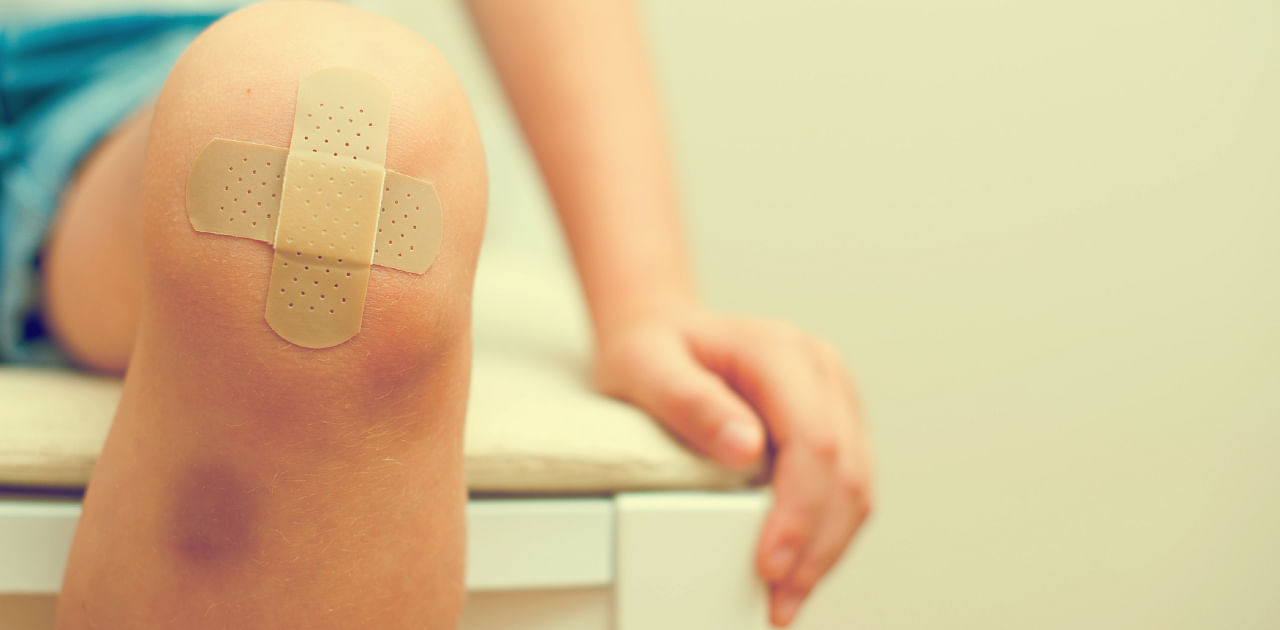
Why do some wounds or infections heal faster than others? A new study by Bengaluru-based scientists has found it is because injuries or attacks on cells by pathogens create an immune memory, which allows the immune system to mount a more rapid and robust response.
“The key finding is that every injury or infection trains the immune system to remember the wound which allows it to better handle future injuries,” explains Sveta Chakrabarti, a India Alliance DBT/Wellcome Trust fellow, and first author of the study.
Using a fruit fly as their test subject, Chakrabarti and Professor Sandhya Visweswariah, co-chair of the Department of Molecular Reproduction, Development and Genetics at the Indian Institute of Science sought to understand how wounds healed.
They created a sterile wound in the fruit fly which was then 'challenged' with the introduction of a bacterial pathogen. They found that hydrogen peroxide produced from a wound (a well-known process), further activates specific signalling pathways in the blood cells (also called hemocytes).
The body has a complex series of signalling mechanisms to detect signatures associated with tissue damage and wounds from our own cells. Cells sense invading microbes using specific signatures found in the microbes called microbe-associated molecular patterns. Recognising these signatures activates signalling cascades that trigger specific immune responses. These signals are called damage-associated molecular patterns (DAMPs).
They found that hydrogen peroxide acts as a DAMP signal to help bring in hemocytes to the damage while activating a wound-healing pathway called the 'Toll' pathway. Hemocytes, in turn, help produce more hydrogen peroxide near the wound using an enzyme called DUOX. This Toll pathway protects the organism from subsequent infection by bacteria.
“The process of creating memory is contingent on the cell being changed,” Sveta said, adding that this immune memory lingers for a period.
“In our fruit fly subject which has a lifespan of 40 to 50 days, the memory remained for about a week, which is a substantial period,” she said. The study was published in the journal Cell Reports.